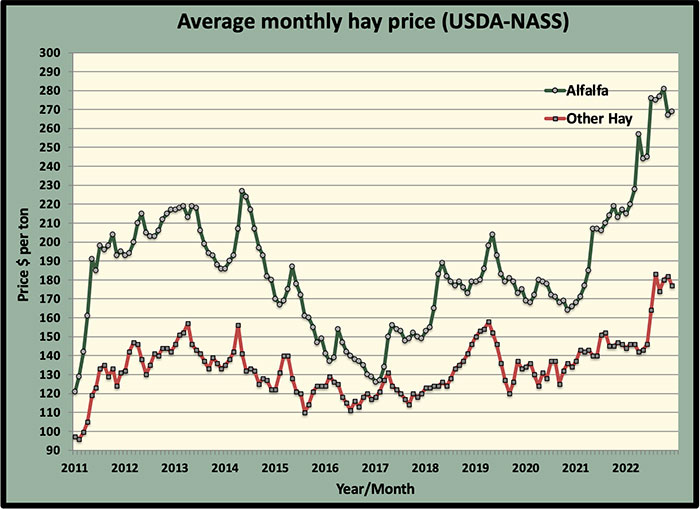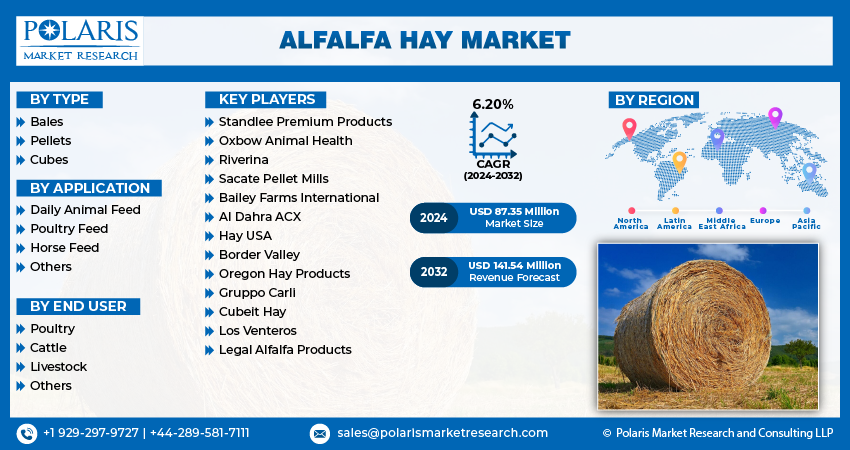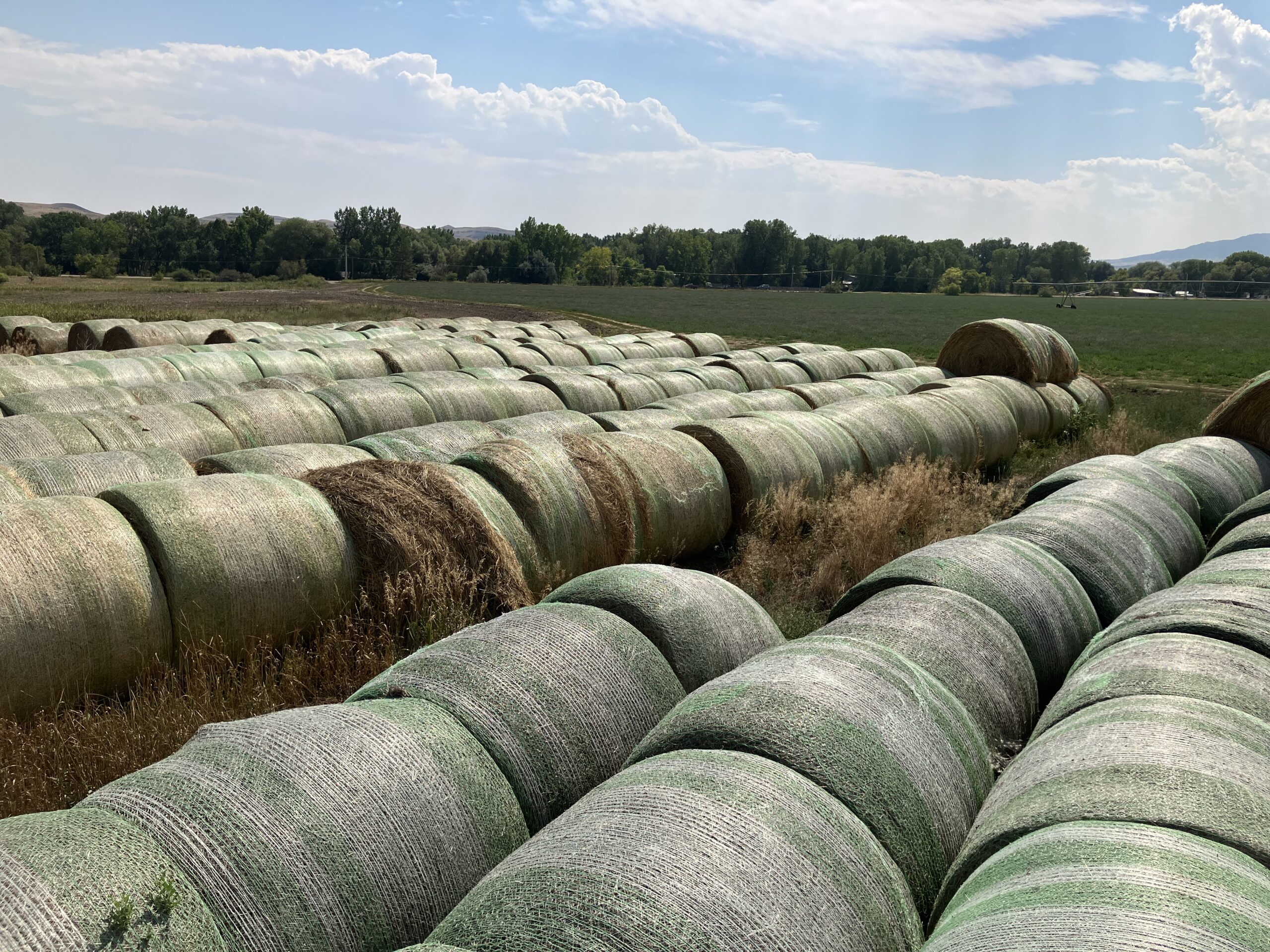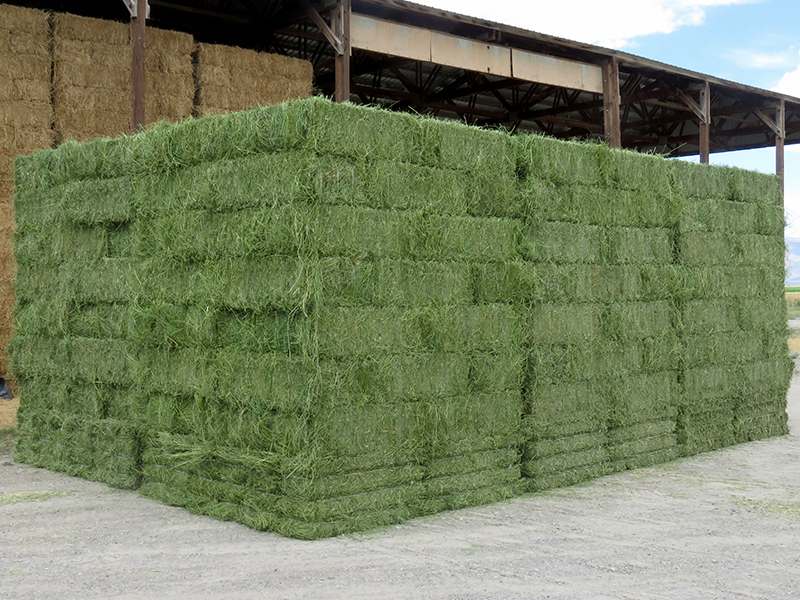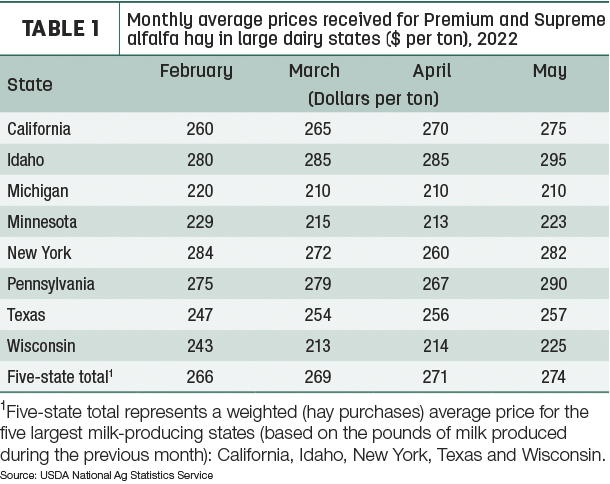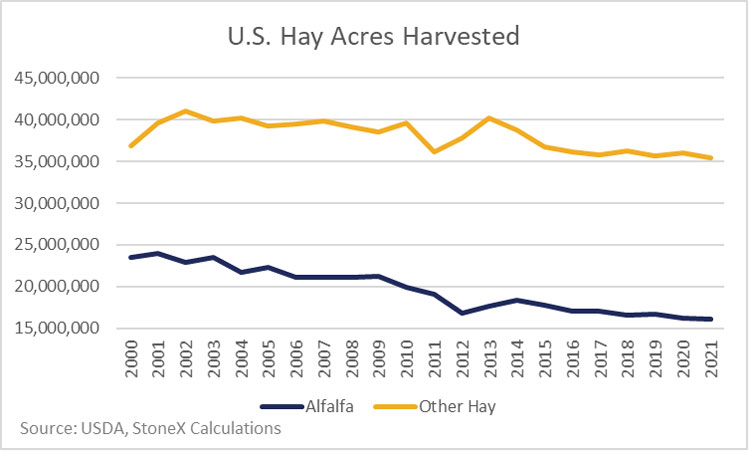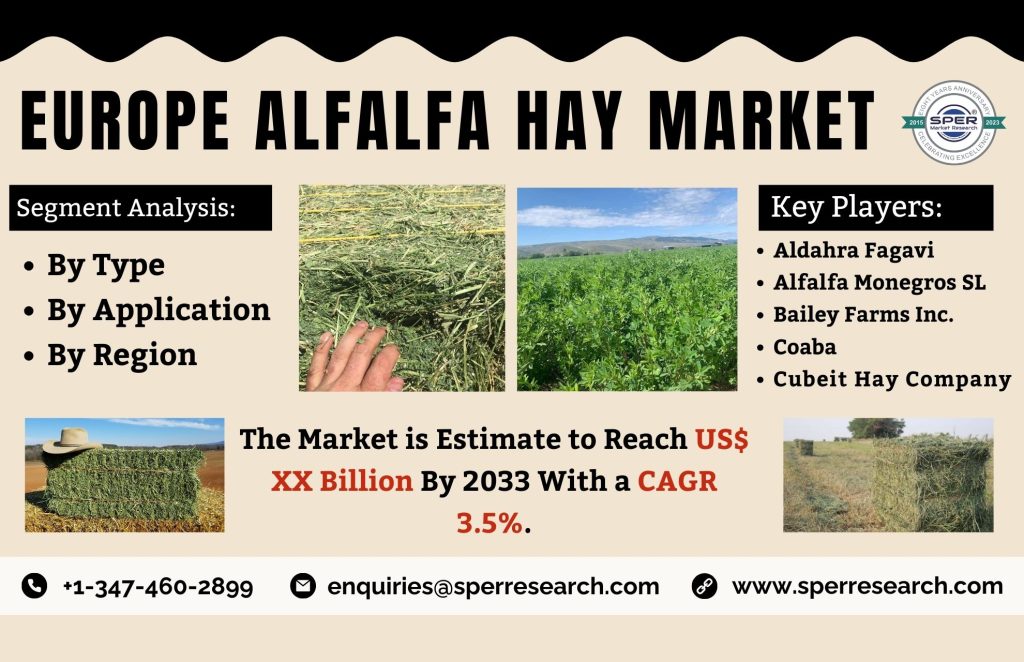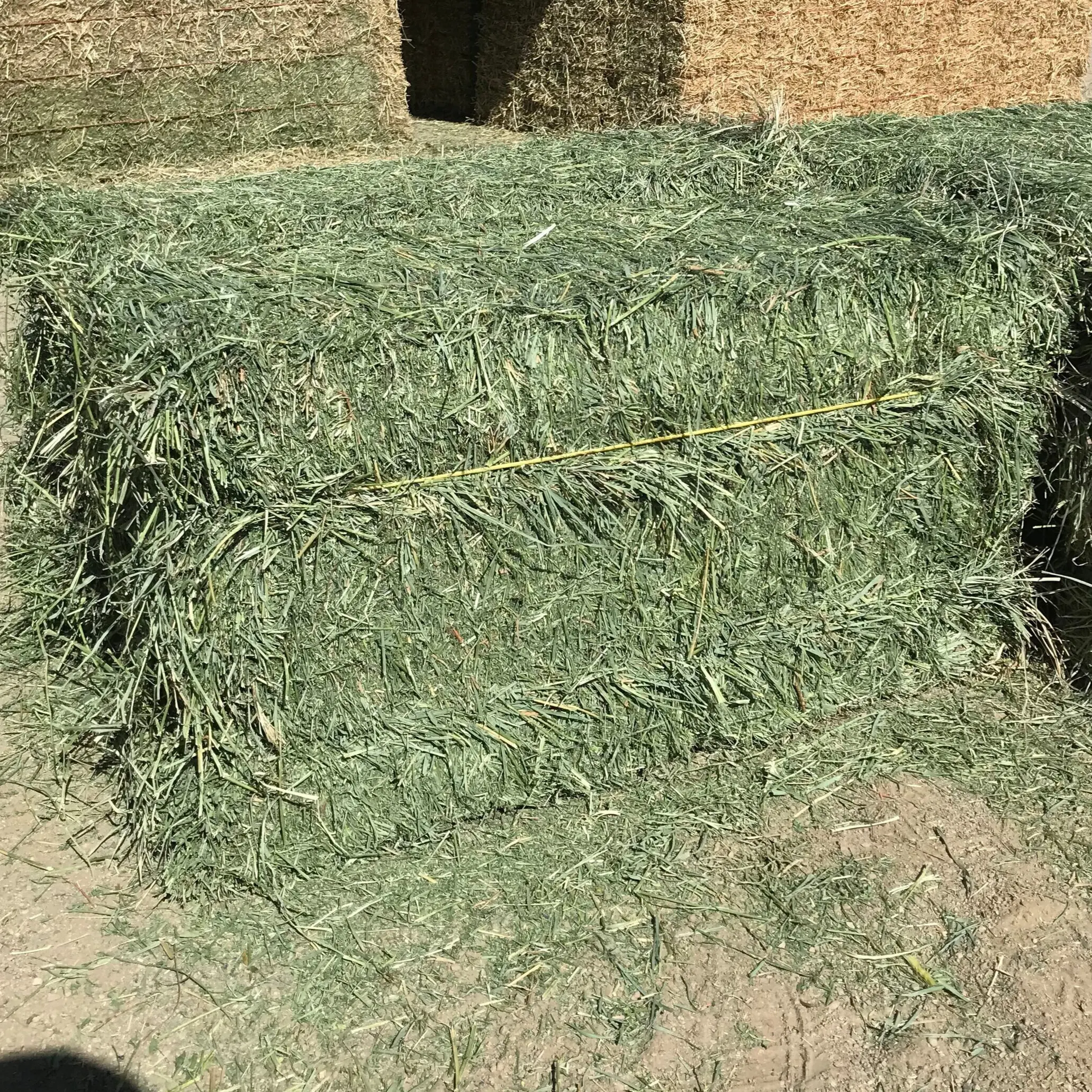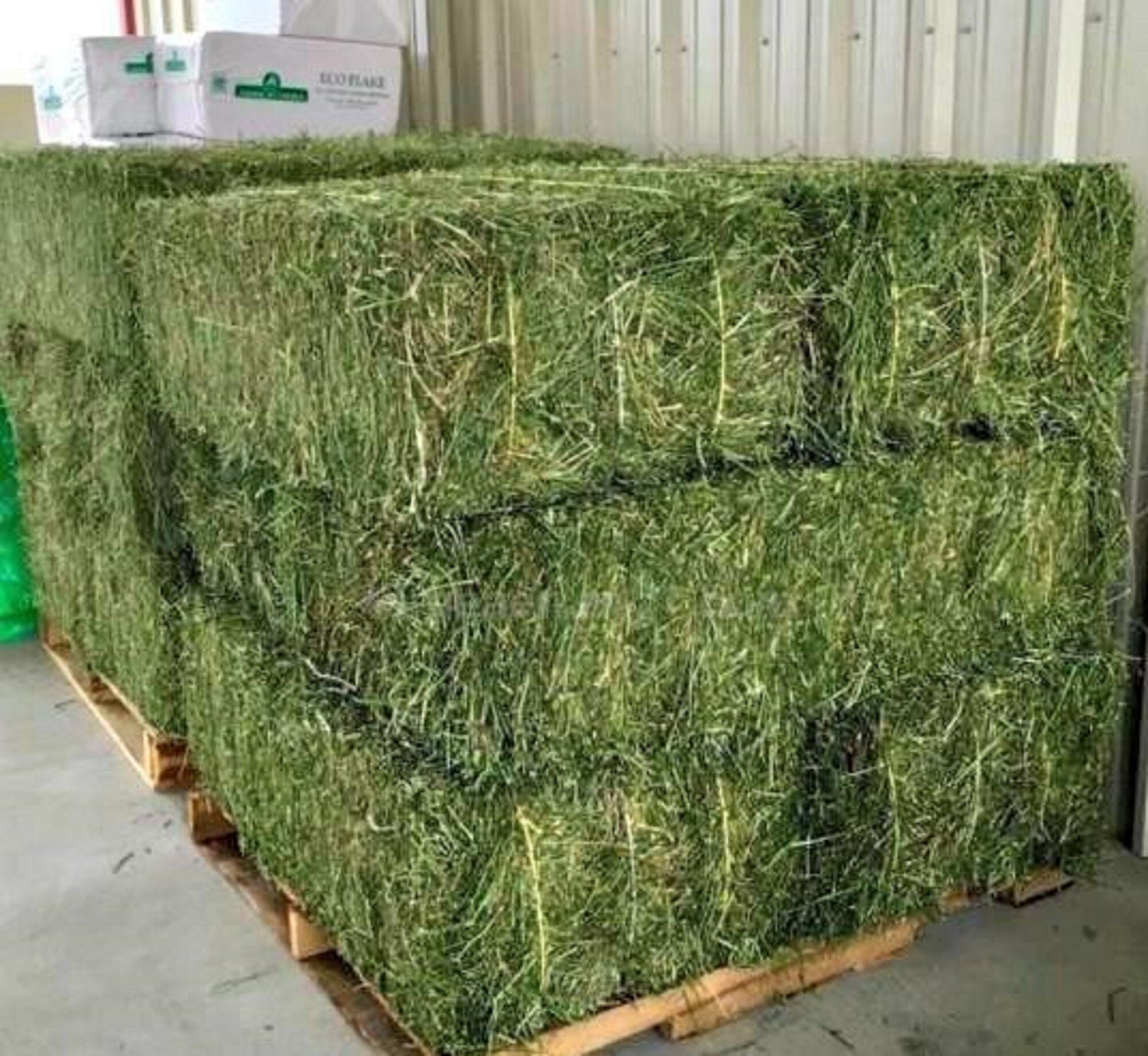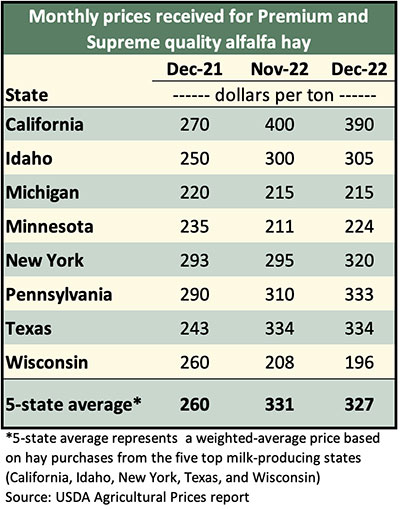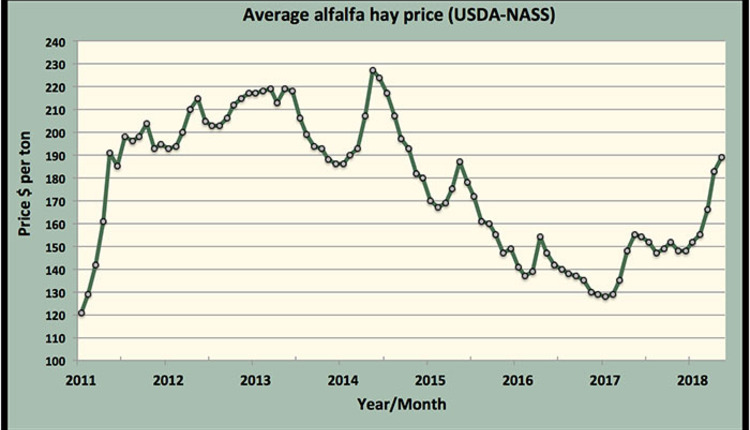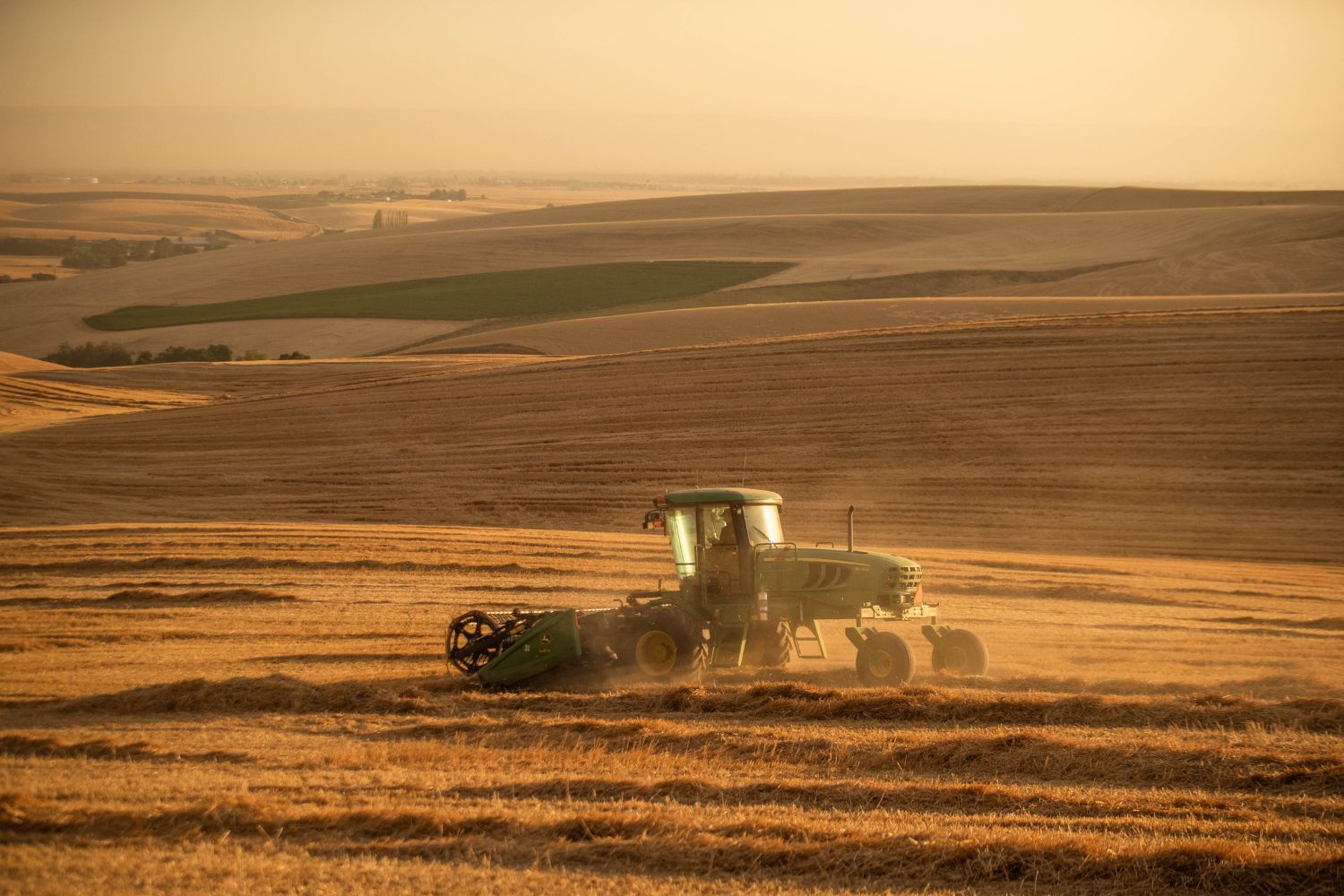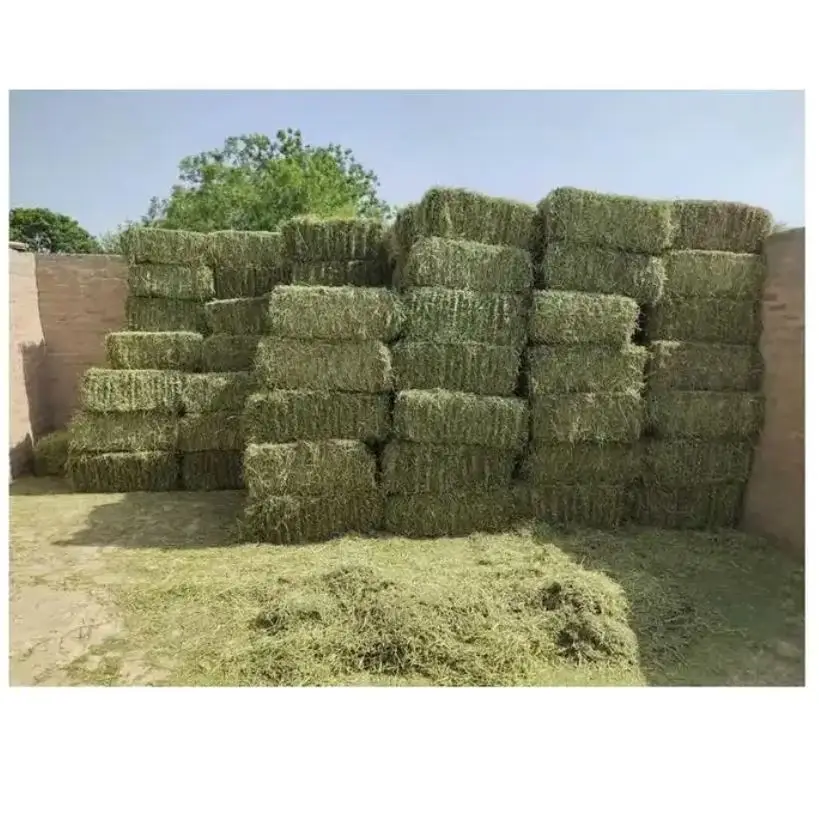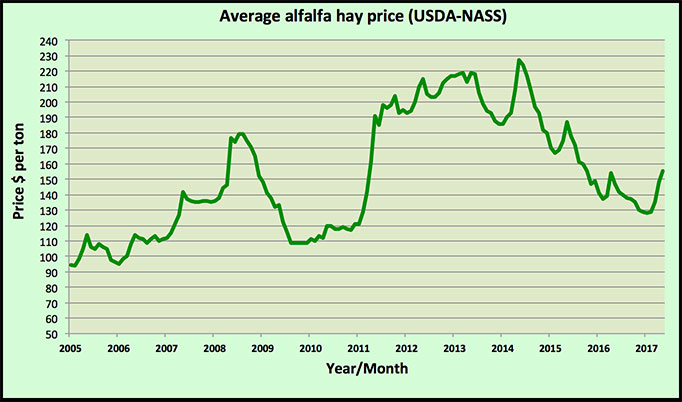Alfalfa Hay Price Per Ton 2024
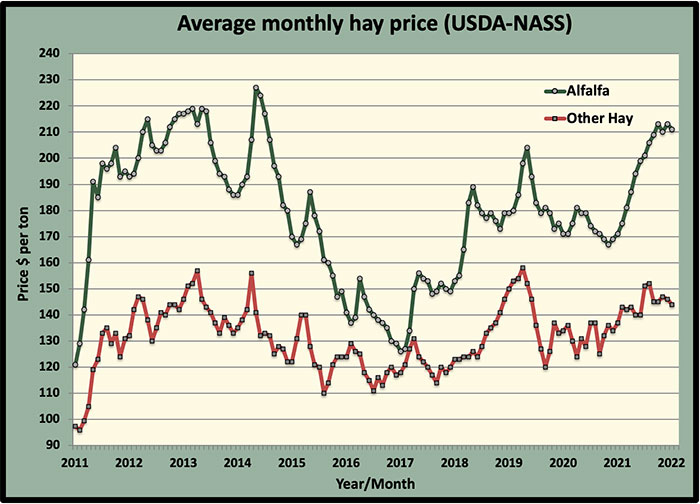
Alfalfa hay prices are surging across key U.S. markets, placing significant pressure on livestock producers. The escalating costs are impacting profitability and forcing difficult decisions about herd management.
This report breaks down the current alfalfa hay market situation, detailing regional price fluctuations, contributing factors, and the implications for the agricultural sector. Data focuses on reported prices through Q1 and early Q2 2024.
National Overview: A Market Under Pressure
According to the latest USDA reports, the national average price for alfalfa hay reached $275 per ton in April 2024. This figure represents a substantial increase compared to the same period last year. The market is experiencing tightness across various regions.
Multiple factors are driving these price increases, including drought conditions, transportation costs, and increased demand from export markets. These elements are creating a perfect storm for producers and consumers alike.
Regional Price Breakdown
Price variations exist significantly across different states. California, a major dairy state, is experiencing some of the highest prices, with premium alfalfa hay trading above $320 per ton in certain areas.
Kansas, a significant hay producer, has seen prices rise to around $250 per ton. The increased prices are attributable to lower yields due to dry conditions.
In the Upper Midwest, including states like Wisconsin and Minnesota, alfalfa hay is selling for between $260 and $280 per ton. Demand from dairy farms remains strong.
Contributing Factors: Drought, Demand, and Distribution
Severe drought conditions plaguing the Western United States are a primary driver of the price surge. Reduced yields directly translate to lower supply and higher prices.
Strong international demand, particularly from Asian markets, is further tightening the market. Exports are absorbing a significant portion of domestic production.
Rising transportation costs, fueled by high fuel prices and logistical bottlenecks, exacerbate the price problem. The cost of moving hay from production areas to end-users has increased substantially.
Impact on Livestock Producers
The escalating alfalfa hay prices are placing immense financial strain on livestock operations. Dairy farmers, beef producers, and horse owners are all affected.
Producers are being forced to consider difficult choices, including reducing herd sizes, seeking alternative feed sources, and increasing prices. The financial burden is already impacting profitability.
Smaller operations are particularly vulnerable, with limited resources to absorb the increased costs. Some may face closure if prices remain elevated for an extended period.
Alternative Feed Strategies
To mitigate the impact of high alfalfa hay prices, producers are exploring alternative feed strategies. These include incorporating more silage, corn, and other forage crops into their rations.
Some are also experimenting with alternative hay sources, such as grass hay and oat hay. Adjusting feeding strategies to optimize cost-effectiveness is crucial.
However, switching feed sources can present challenges, including changes in animal performance and the need for nutritional adjustments. Careful planning is essential.
Government Response and Support
The USDA is monitoring the situation closely and providing resources to assist producers. Programs include drought relief assistance and cost-sharing for alternative feed purchases.
State governments are also implementing measures to support the agricultural sector. These efforts often focus on water conservation and drought mitigation strategies.
Producers are encouraged to contact their local USDA offices and state agricultural agencies to learn more about available assistance programs.
Looking Ahead: Market Outlook
The outlook for alfalfa hay prices remains uncertain. Weather patterns, export demand, and transportation costs will continue to play a significant role.
Early projections suggest that prices will remain elevated through the summer of 2024, especially if drought conditions persist. Market volatility is expected.
Producers should closely monitor market trends and adjust their strategies accordingly. Proactive planning is critical to navigating this challenging environment.
Continuous monitoring of USDA reports and agricultural market analysis is recommended. Stay informed about evolving market conditions.
